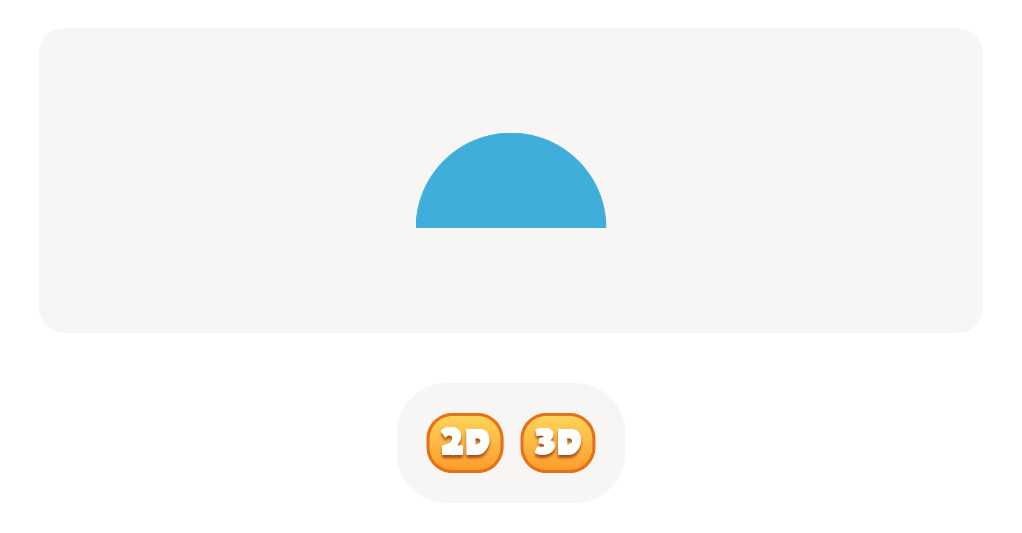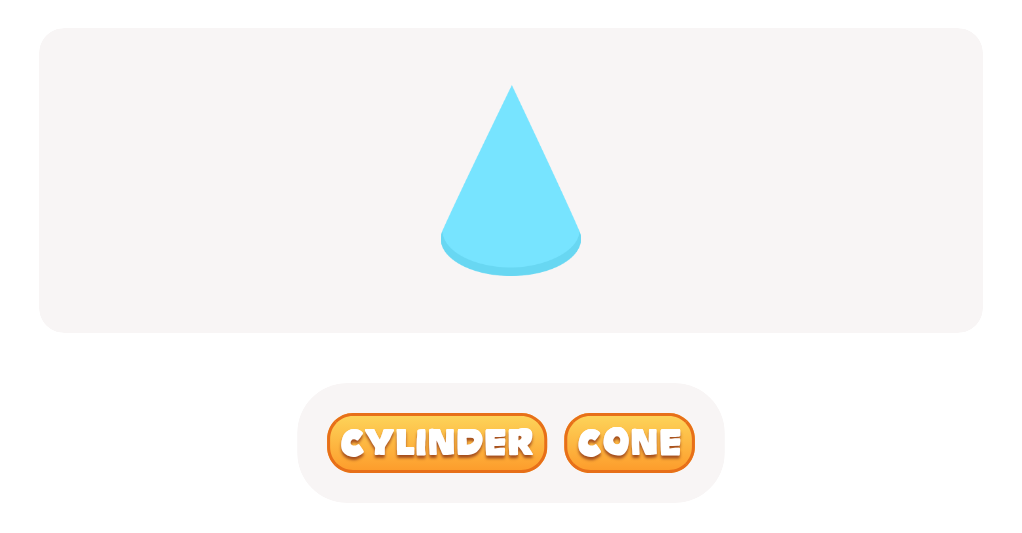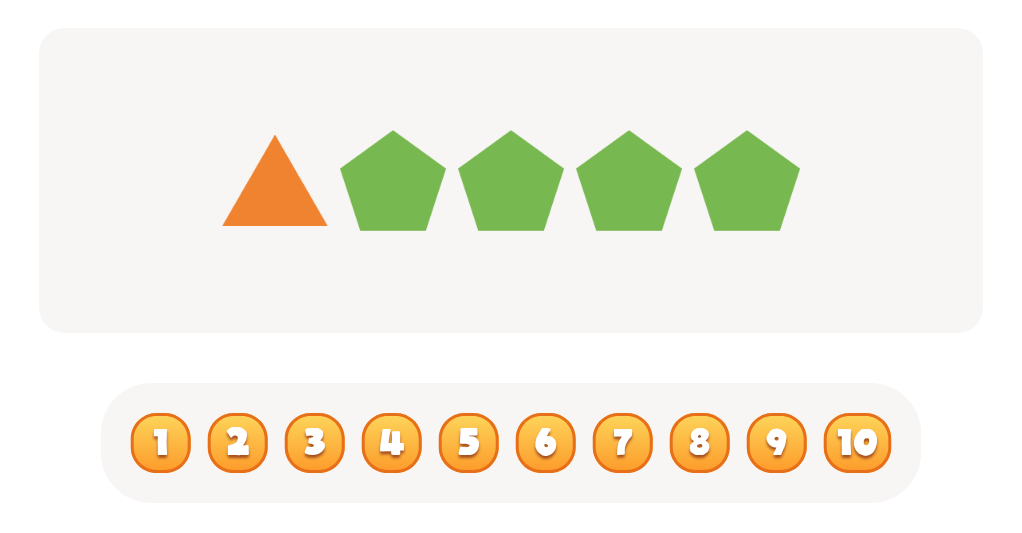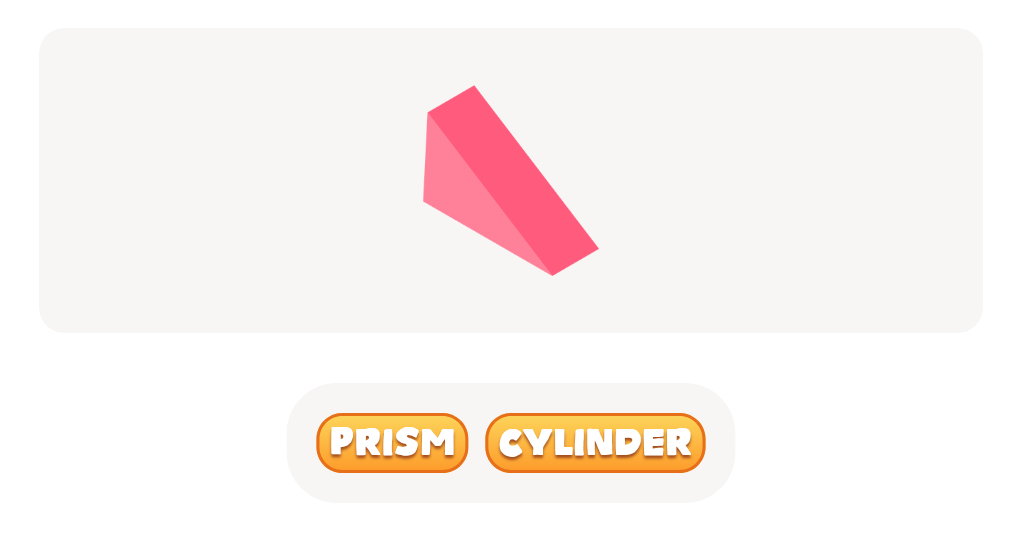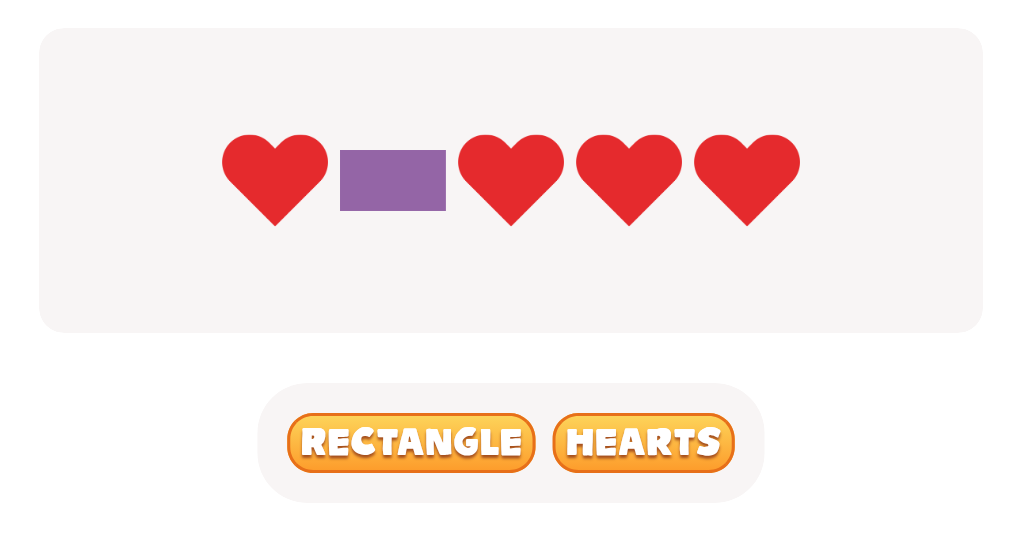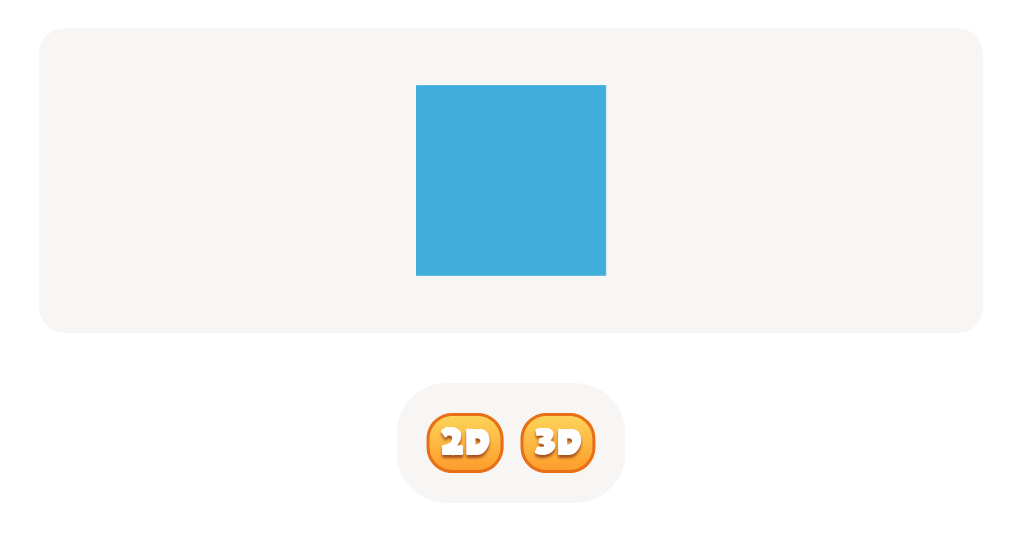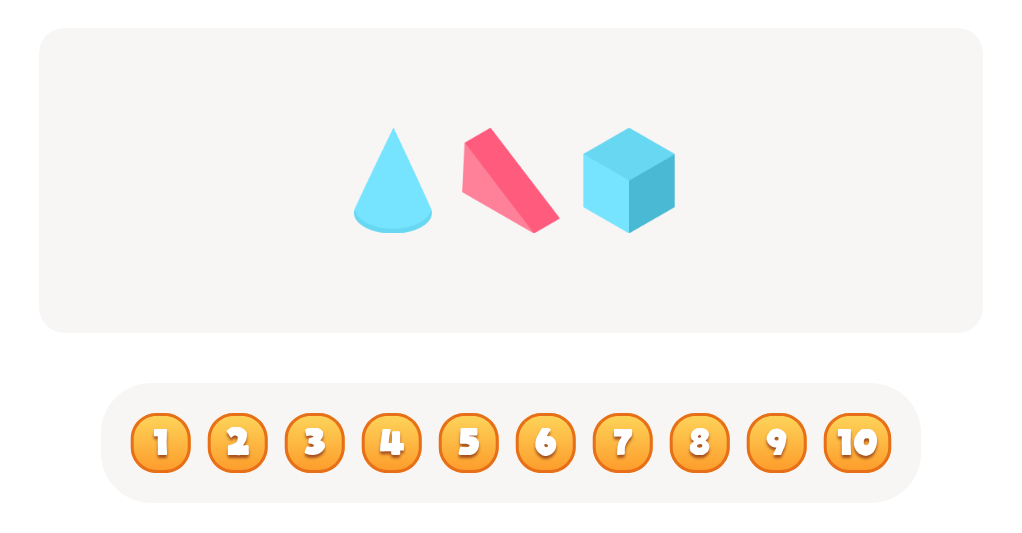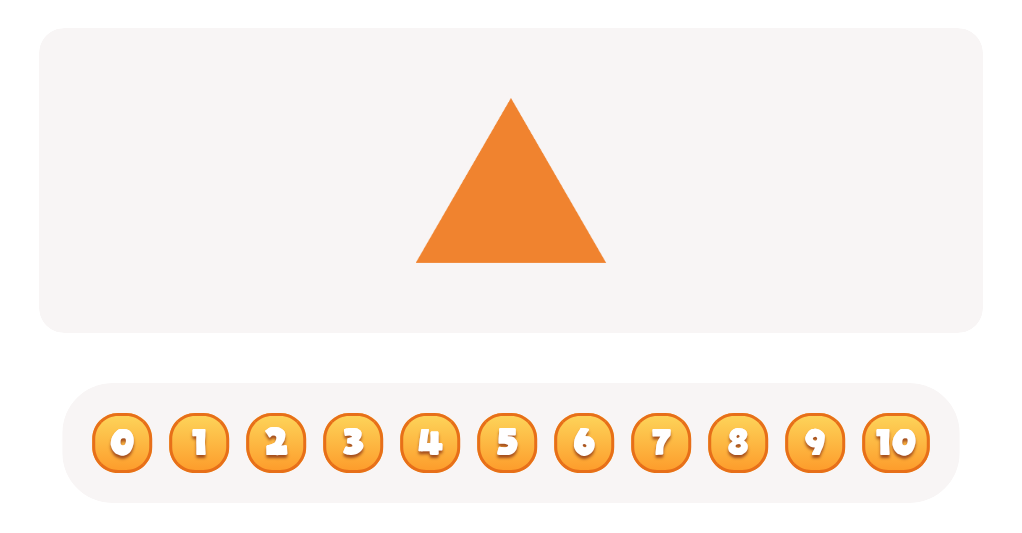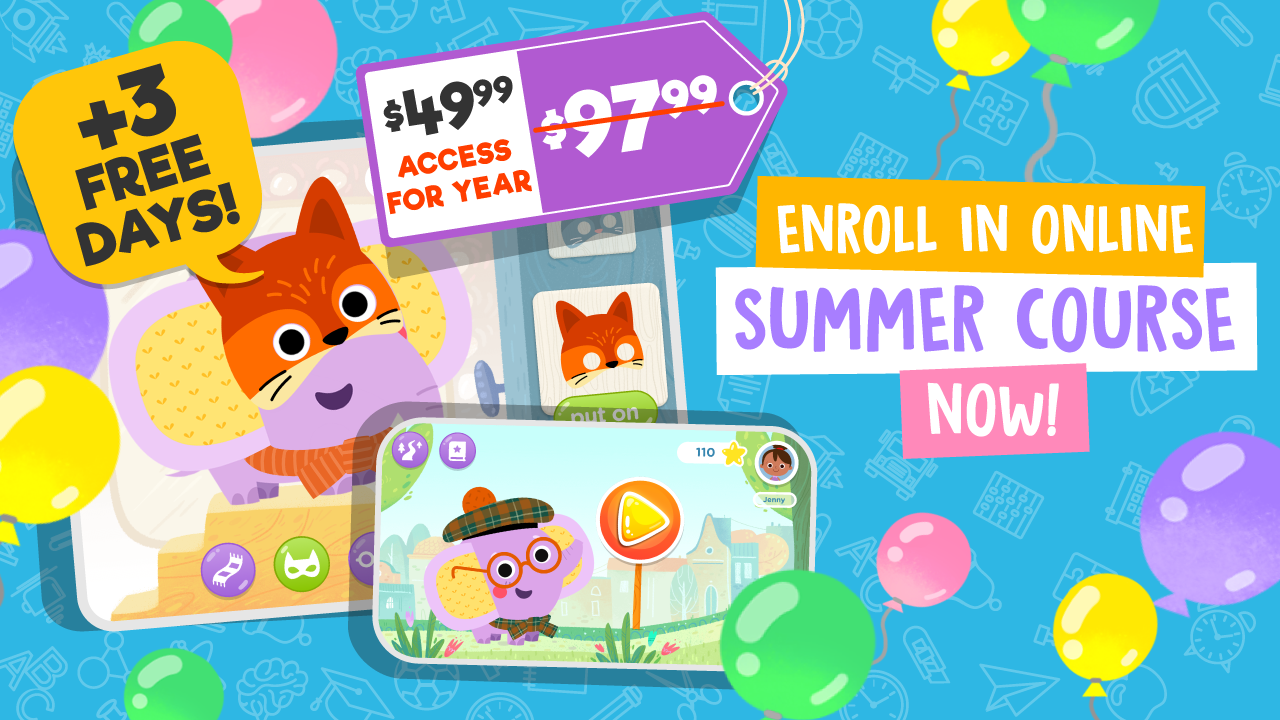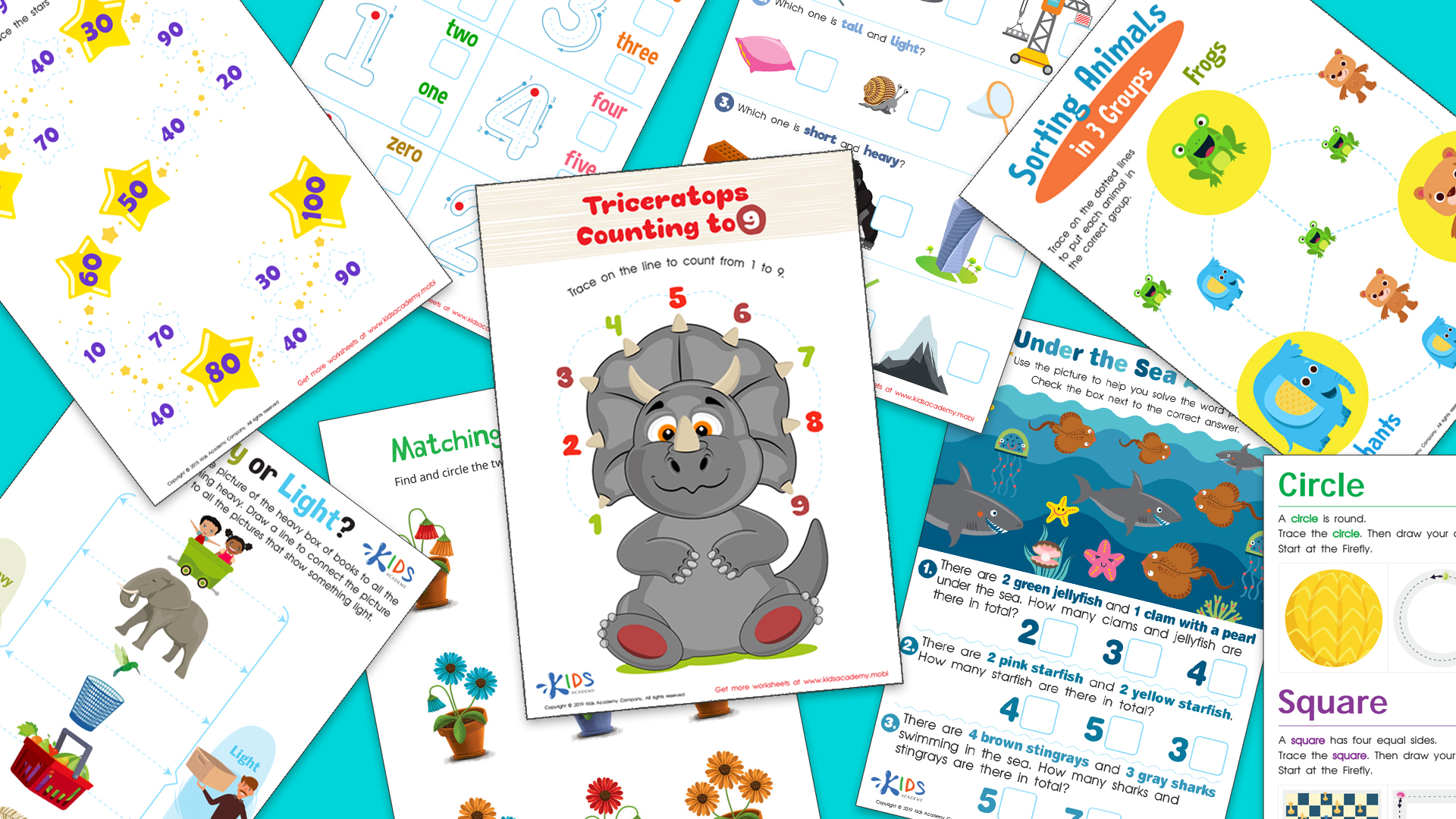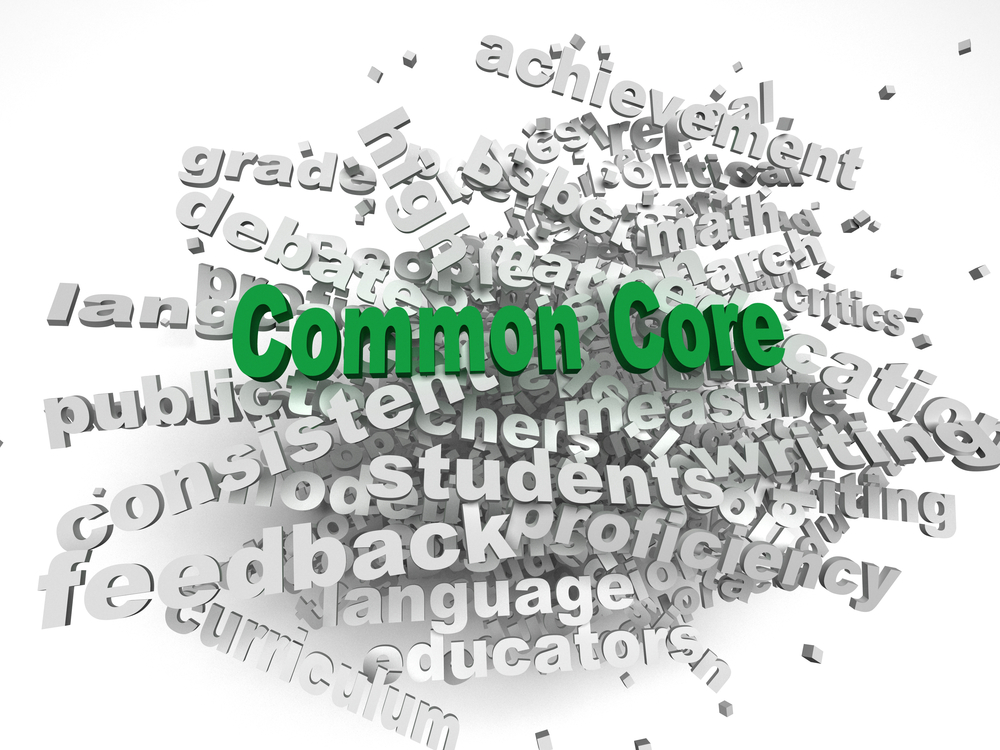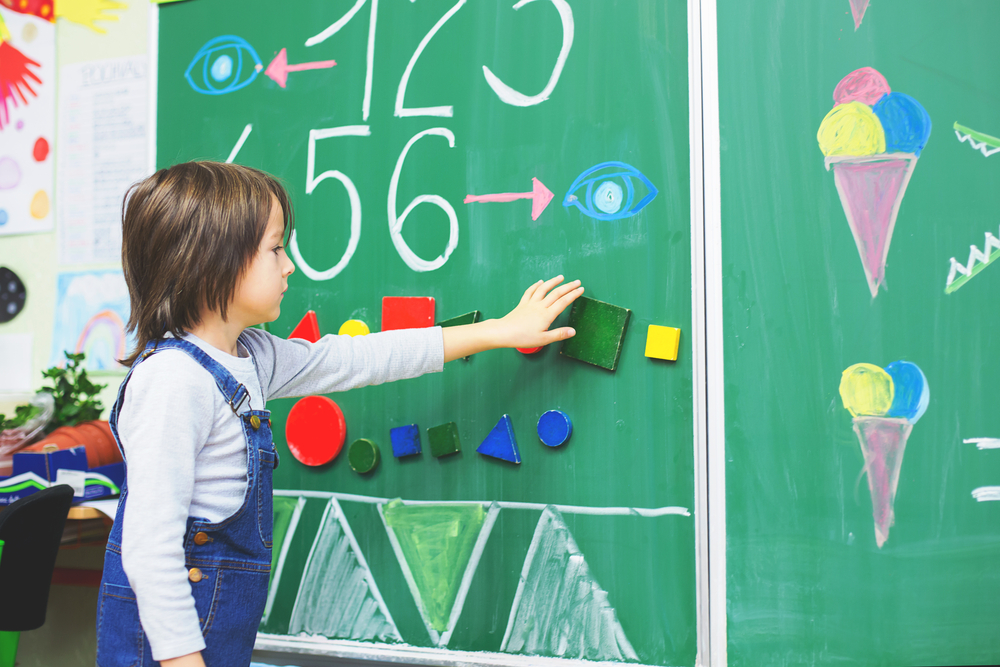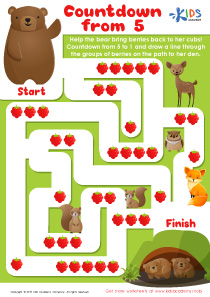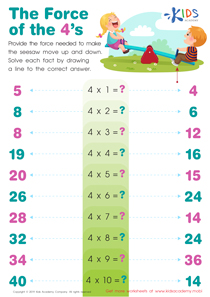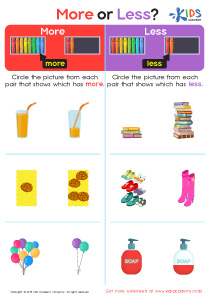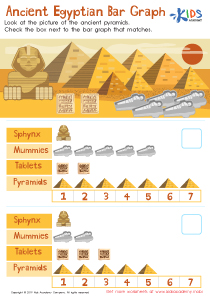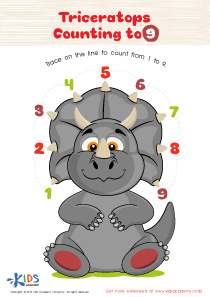Shape Recognition Easy Geometry Worksheets for Ages 6-9
17 filtered results
-
From - To
Discover our engaging "Shape Recognition Easy Geometry Worksheets" designed for children aged 6-9! These worksheets provide a fun and interactive way for young learners to explore the world of shapes. Featuring a variety of activities such as identifying, counting, and classifying shapes, our resources will enhance your child’s geometry skills while keeping learning enjoyable. Each worksheet is tailored to foster critical thinking and improve spatial awareness, ensuring a strong foundation in mathematics. Perfect for at-home learning or classroom use, these worksheets are easy to download and print, making geometry accessible for every young learner. Start your kid's geometric adventure today!


Cone Hide-and-Seek Worksheet


Odd Shape Out Worksheet for Grade 3
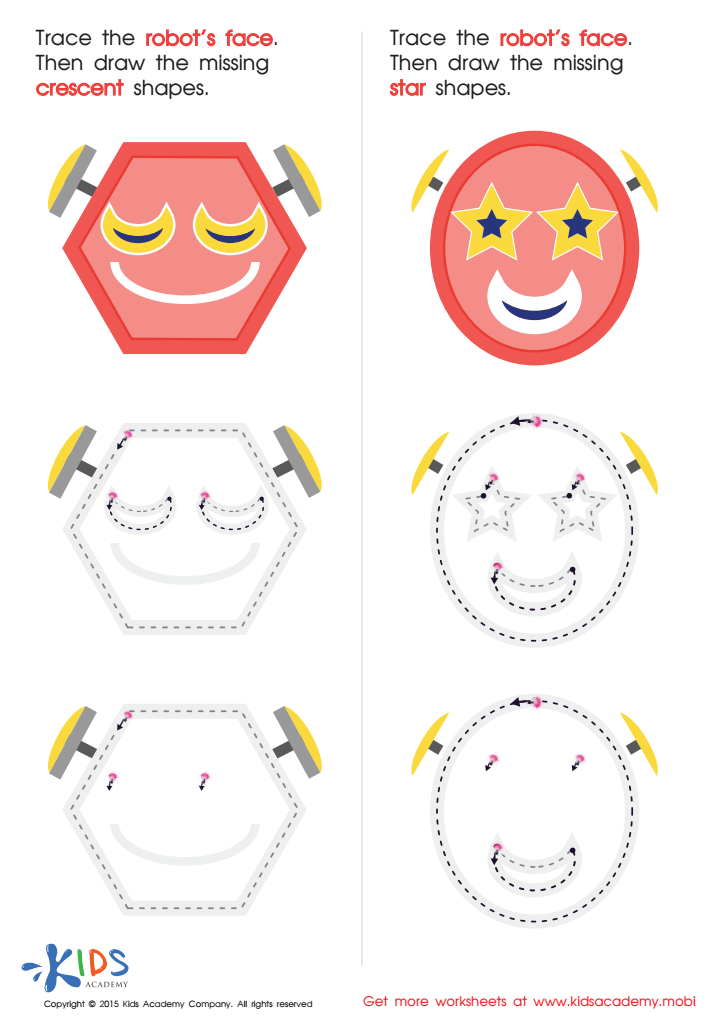

Composing a Robot's Face of Crescents And Stars Worksheet
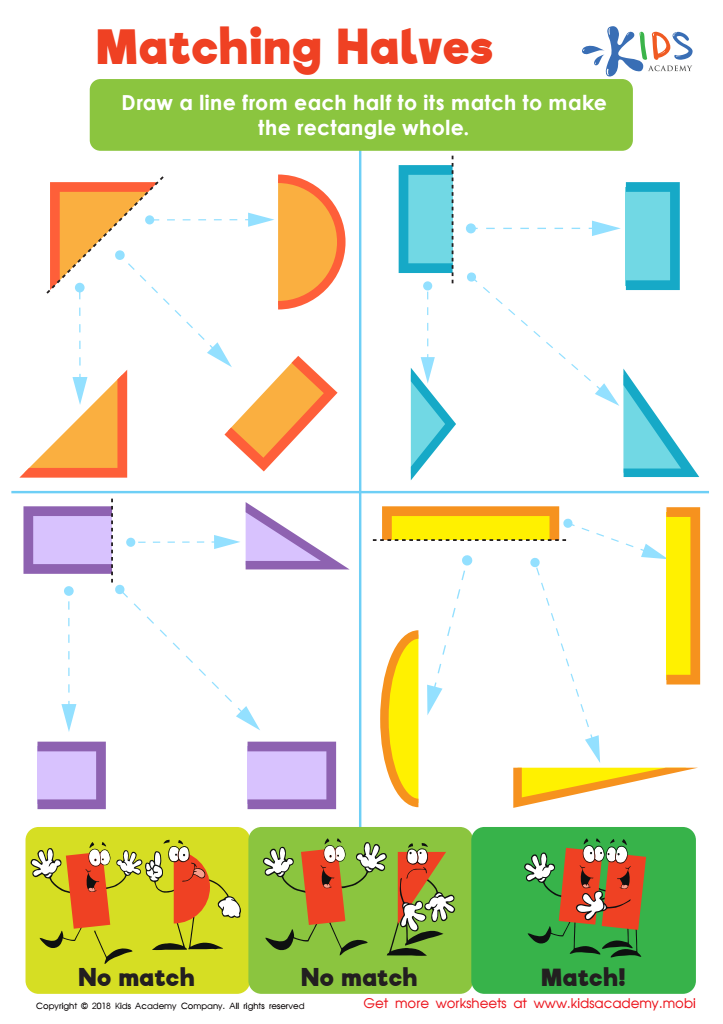

Matching Halves Worksheet
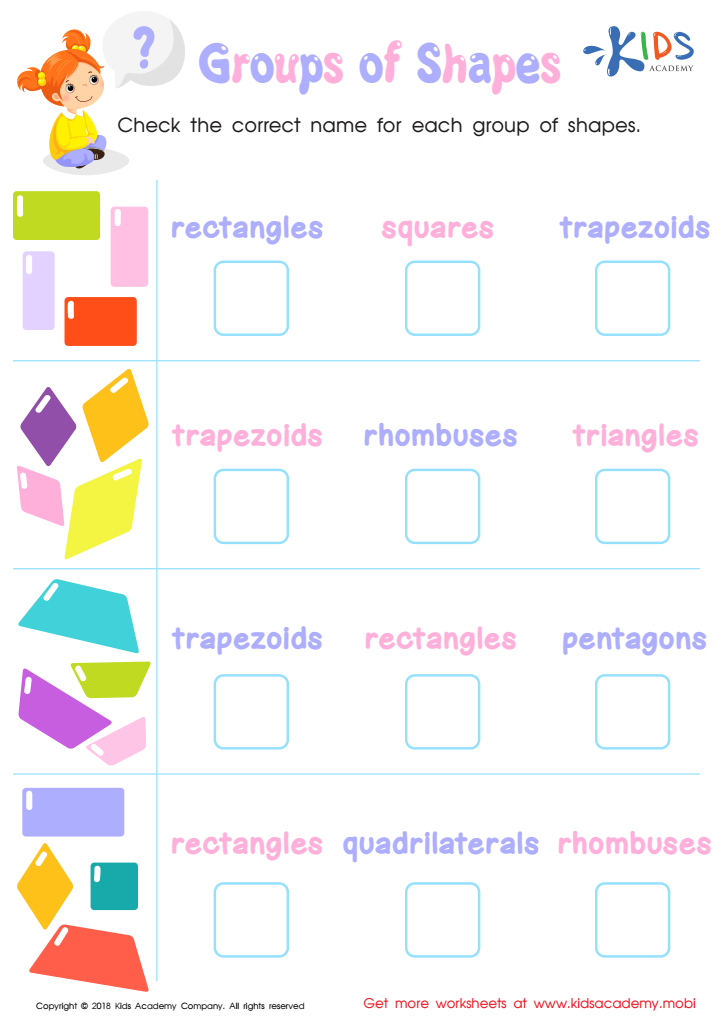

Groups of Shapes Worksheet


Faces of 3D Shapes Worksheet
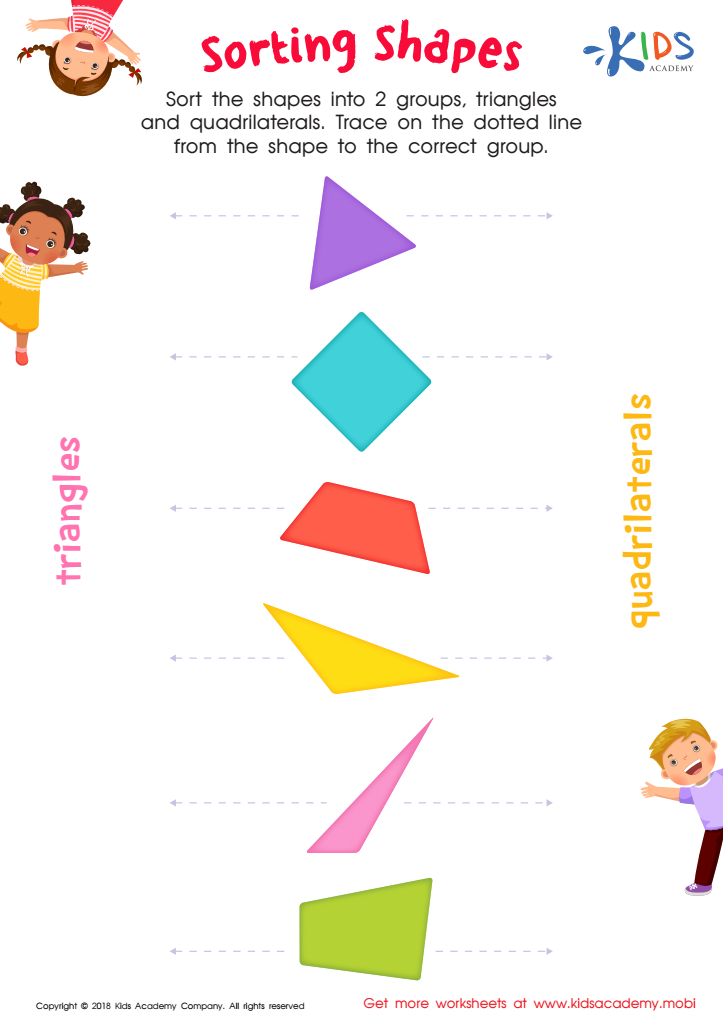

Sorting Shapes Worksheet


Odd Shape Out Worksheet for Grade 1
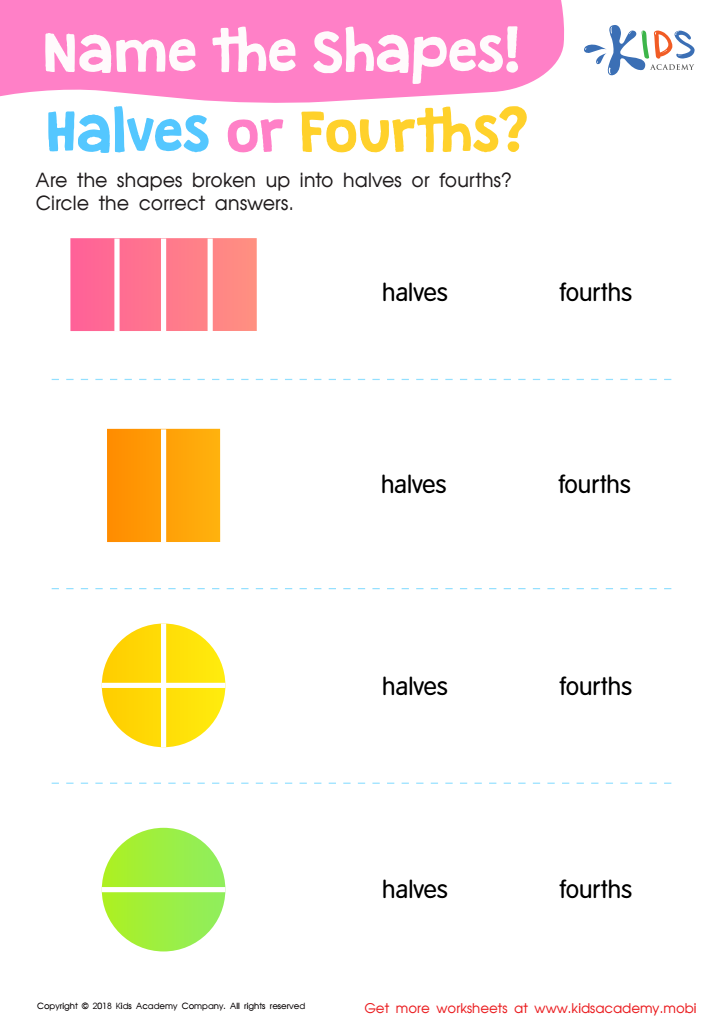

Name the Shapes Halves or Fourths? Worksheet
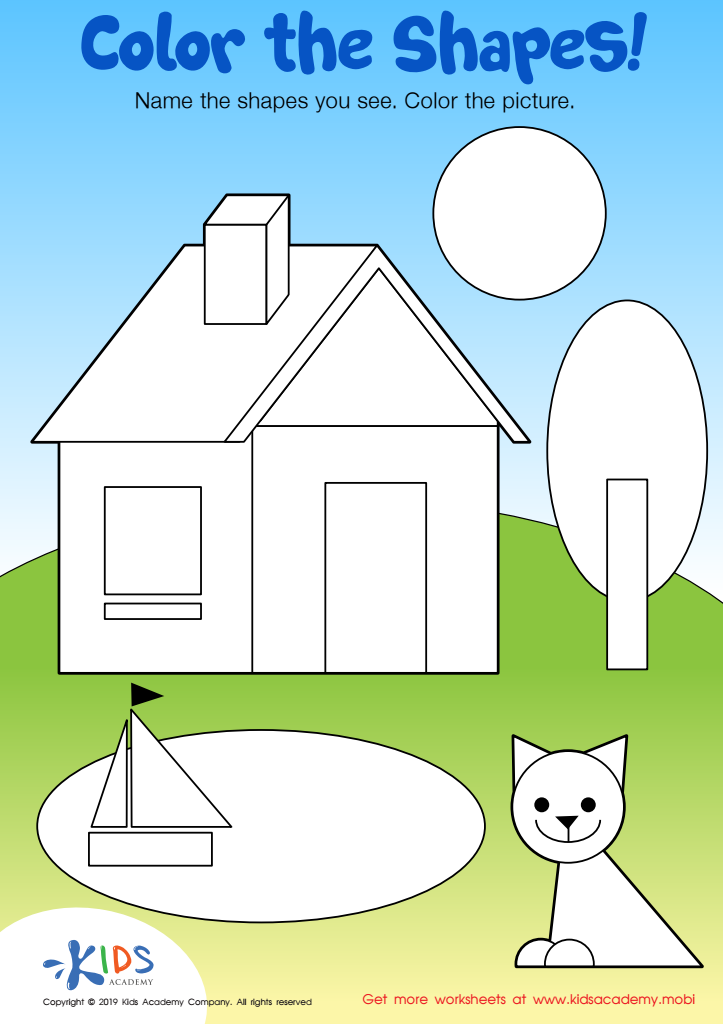

Color the Shapes Worksheet
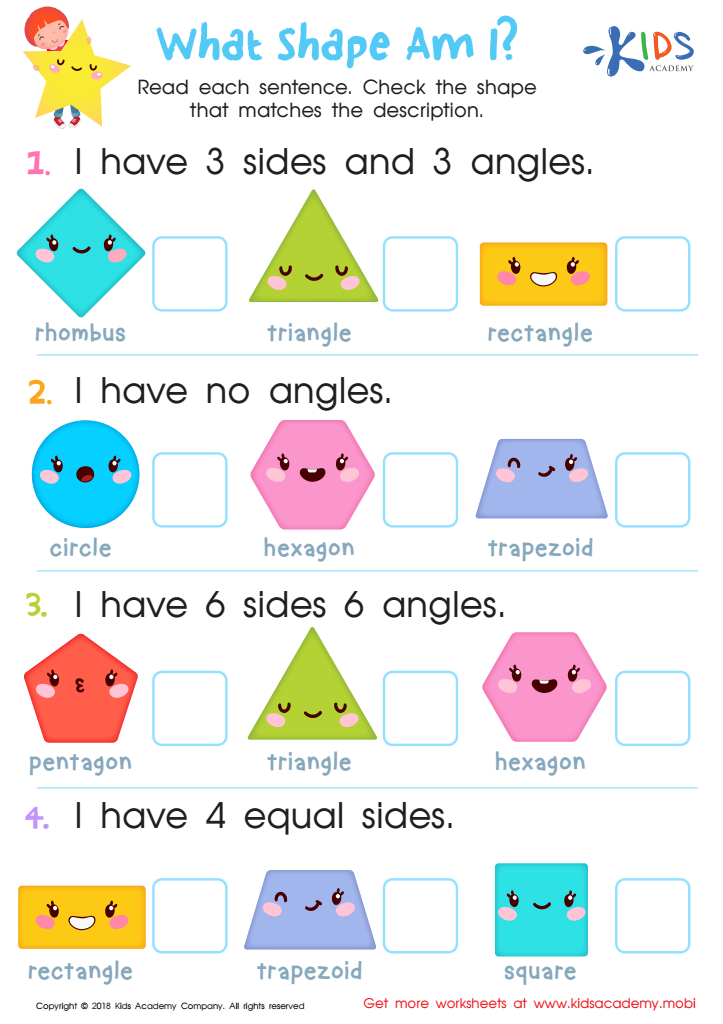

What Shape Am I? Worksheet
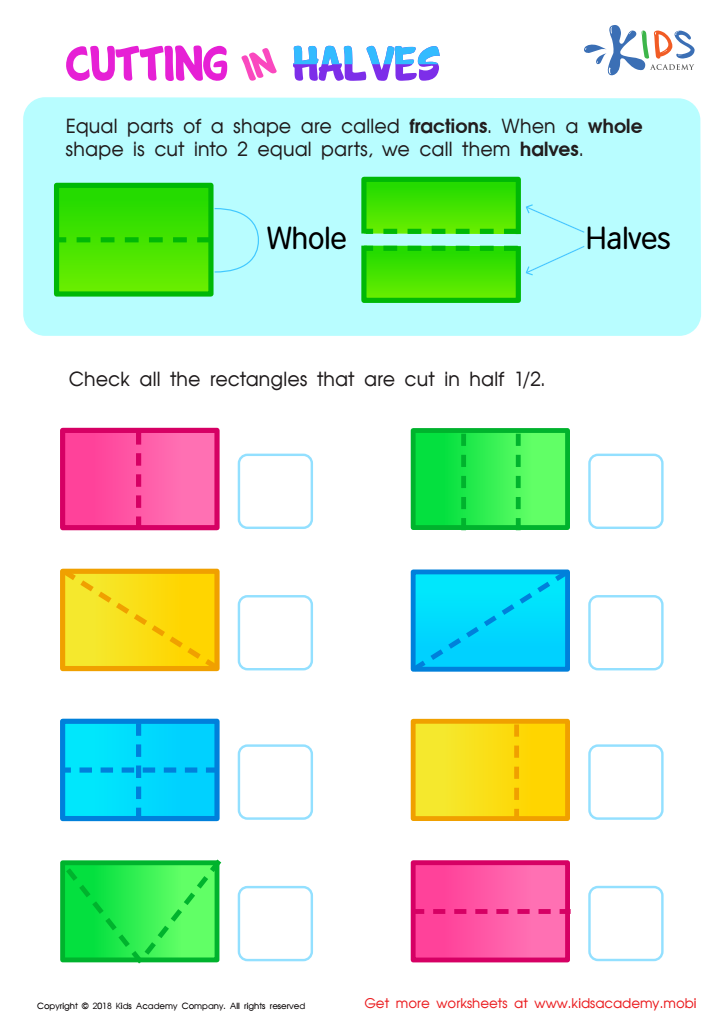

Cutting in Halves Worksheet
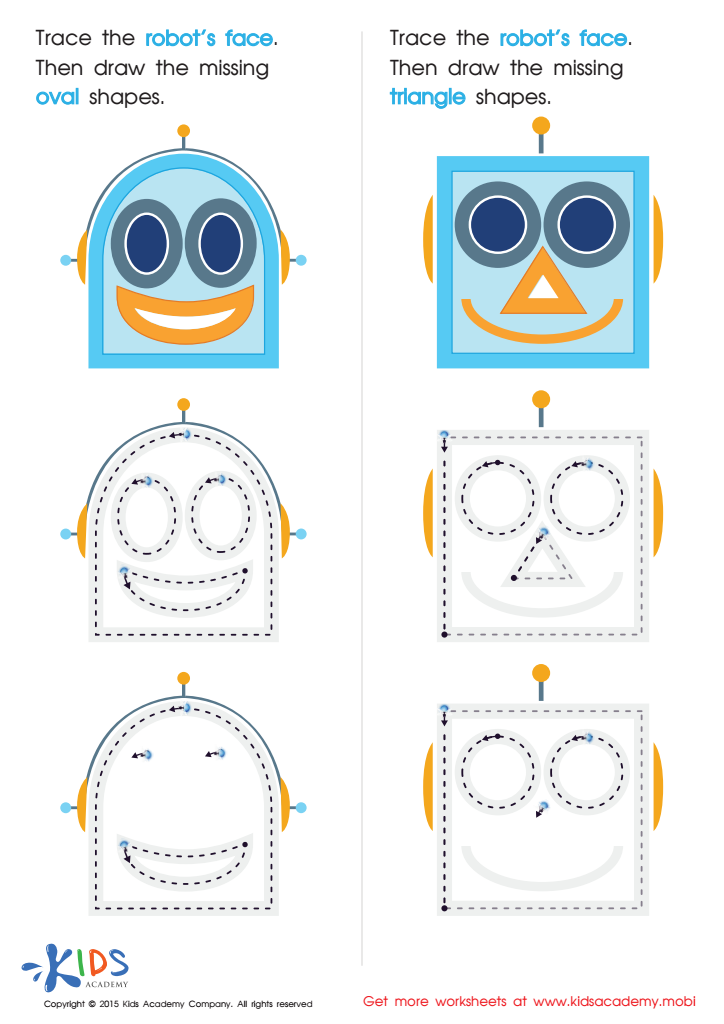

Drawing Ovals And Triangles with Fun Printable
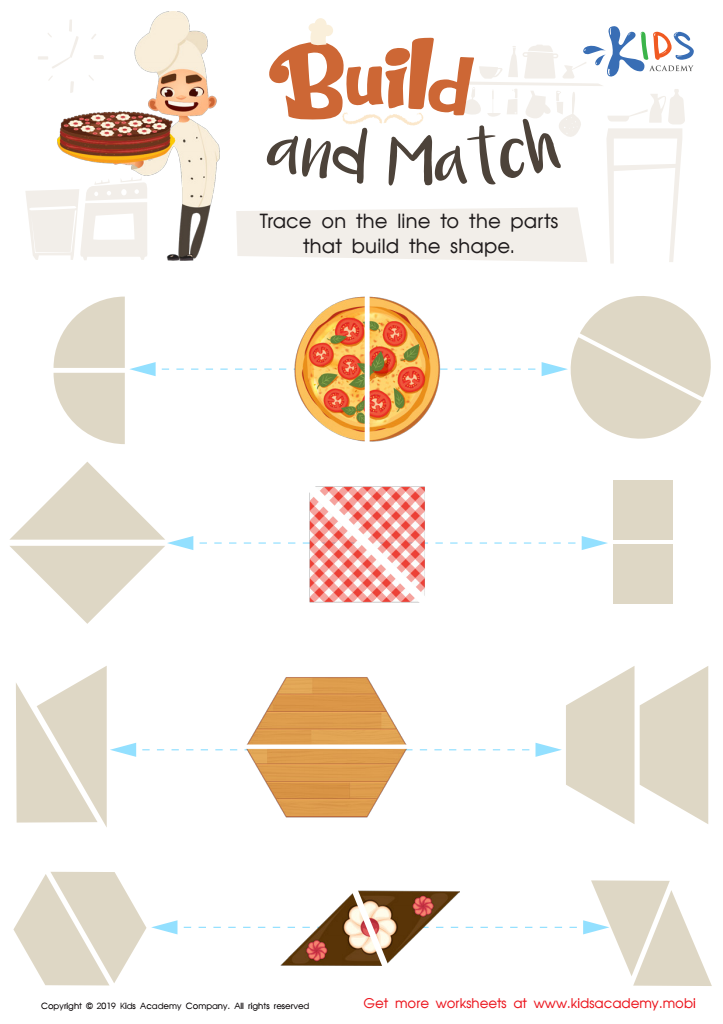

Build and Match Worksheet
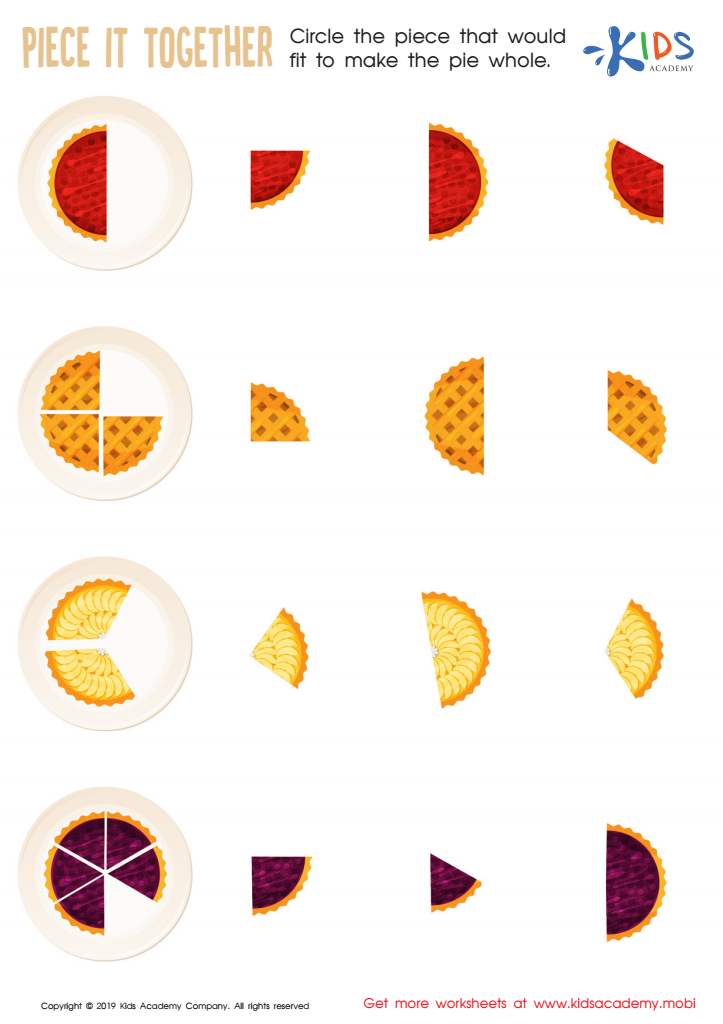

Piece it together Worksheet
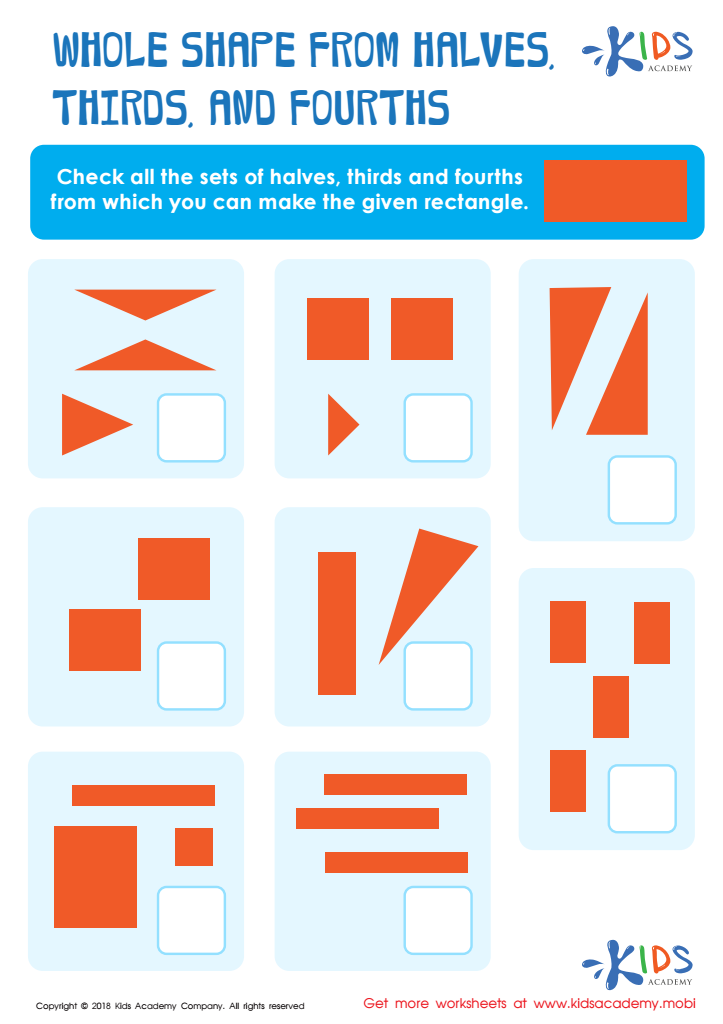

Whole Shape from Halves, Thirds and Fourths Worksheet


Construction Shapes Worksheet
Shape recognition is a foundational skill in early childhood education, particularly for children aged 6-9. This stage of development is crucial as children build essential cognitive capabilities that directly impact their future learning. Understanding geometric shapes helps children develop spatial awareness, which is critical for resolving real-world problems and engaging in creative activities like art and engineering.
Parents and teachers should care about teaching easy geometry because these skills are not only academic but also practical for everyday life. Students learn to categorize, compare, and analyze shapes, fostering critical thinking and logical reasoning. Additionally, shape recognition enhances fine motor skills, particularly when children engage in hands-on activities like drawing, folding, or building.
Moreover, introducing geometry at a young age prepares children for more complex mathematical concepts. It lays the groundwork for future math topics such as measurement, symmetry, and more advanced problem-solving activities, providing a solid foundation for STEM fields.
By investing time in helping children recognize and understand shapes, parents and teachers cultivate a curiosity for learning that can last a lifetime, helping them feel more confident as learners and avid explorers of their environment. This knowledge also promotes communication skills as children describe and compare shapes to one another.

 Assign to My Students
Assign to My Students
